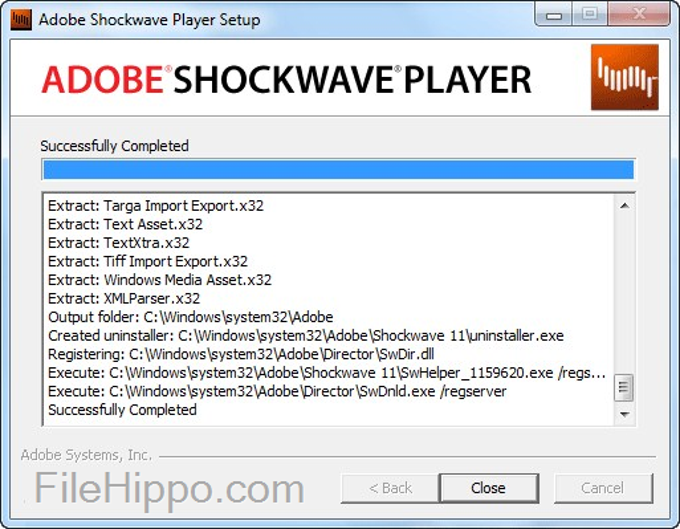
The blocklist update may not have been deployed on all Firefox machines.

If selected, Flash contents will be loaded and can be used just like before.

The prompt displays options to allow the plugin on the page. Options to switch the state are not available due to Flash being on the browser's blocklist.įirefox displays a warning in the browser whenever Flash contents are embedded on a web page:įirefox has prevent the unsafe plugin "Adobe Flash" from running on. While that requires an extra click, it ensures that code on websites cannot exploit the vulnerability automatically without user action. The difference between "ask to activate" and "never activate" is that Flash is not blocked completely in the former state which means that Flash contents can still be accessed in the browser. As you can see on the screenshot below, Shockwave Flash has been set to "ask to activate" and not blocked permanently. The Flash vulnerability affects all versions of Flash on Windows, Linux and Macintosh systems.įirefox displays a warning message on its plugins management page that Flash is vulnerable. The blocklist lists browser extensions, plugins and other components that are blocked automatically by Firefox either directly or sometimes in the case of plugins, by setting them to "ask to activate". In an effort to protect Firefox users from harm on the Internet, Mozilla has added the current version of Adobe Flash and all previous versions to the browser's blocklist.

In particular, several exploit kits are already making use of it to serve crypto-ransomware to systems running Adobe Flash. Security researchers have discovered vulnerabilities in recent versions of Adobe Flash that have not been patched yet by Adobe but are exploited in the wild.


 0 kommentar(er)
0 kommentar(er)
